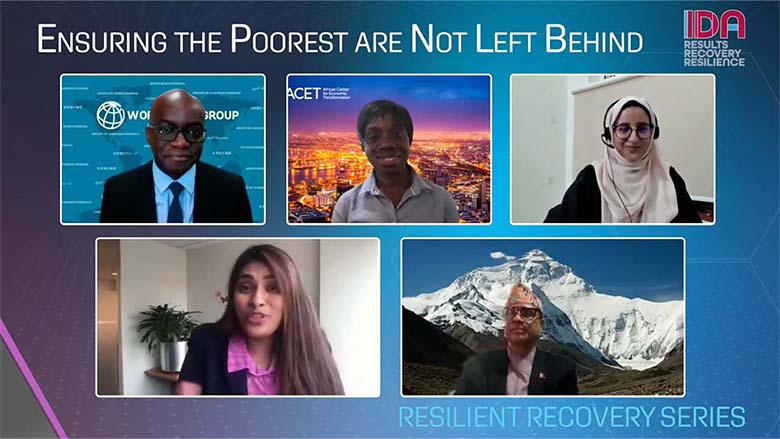Targeting Social Protection: How to Reach Those in Need

Targeting Social Protection: How to Reach Those in Need
Social protection policies and programs help individuals and families escape poverty, manage risks, and improve resilience and opportunity. Prioritizing poorer households in social protection programs often can generate more progress on reducing poverty and inequality and improving other dimensions of welfare such as human capital. But how do social protection measures reach those most in need? How do policy makers differentiate eligibility and benefits among people, commonly known as targeting?
A new World Bank publication, “Revisiting Targeting in Social Assistance: A New Look at Old Dilemmas,” aims to refresh and update the current discussions about the benefits and costs of social protection targeting as well as pros and cons of various targeting methods. It also sheds light on the valuable role of targeted social protection interventions in helping achieve Universal Social Protection. It highlights that there is no single targeting method that fits every situation and robust social protection delivery systems remain critical to improving access to social assistance, minimizing costs and stigma, and facilitating crisis responses. The report also found that advances in technology—ICT, big data, and machine learning—can improve the accuracy in targeting, but better data is more important than greater sophistication in data use.
Use the following timestamps to navigate through the different sections of the video.
00:00 Welcome and opening remarks
04:46 Main findings of the report Revisiting Targeting in Social Assistance
18:10 Advantages and disadvantages of different targeting methods
22:36 Implementation and monitoring: The case of Senegal
29:58 Social registries: The case of Colombia
36:52 The role of technology, big data, and machine learning
44:12 Senegal: Including groups persistently displaced
50:52 Colombia: Including vulnerable groups
56:16 Targeting costs: moderate or manageable?
1:02:24 Legislation in Senegal mandating the use of social registries
1:08:34 The case of Colombia in dynamizing social registries
1:16:01 Closing remarks
- Targeted social protection interventions can play a valuable role in helping achieve and deliver Universal Social Protection. Targeted programs and universal programs together support broader social policy.
- Targeting is an effective tool used in social protection to make the most of constrained fiscal space. For a given budget, prioritizing poorer households can produce more progress on reducing poverty and inequality, smoothing income, and other dimensions of welfare such as human capital.
- There is no single targeting method that fits every situation. Context and policy objectives drive choices. Whether to use methods such as self-targeting, geographic targeting, demographic targeting, or household welfare-based targeting methods must be based on context and capacities.
- Regardless of the targeting method, robust social protection delivery systems can help: reduce transactions costs or stigma for beneficiaries, minimize inclusion errors, facilitate crisis response, improve access to social assistance, especially for the poorest and most vulnerable populations such as indigenous, migrants, people living with disability and others.
- Advances in technology—ICT, big data, artificial intelligence, and machine learning—offer the promise of significant improvements in targeting accuracy but are not a panacea. Better data may matter more than greater sophistication in data use. Social protection targeting methods are changing as new data and technology as well as other innovations emerge.
Browse Our Events
Event Finder
Search past and upcoming events by keyword, by topic or by region.
Search by Speakers
Browse the list of speakers for our events.










